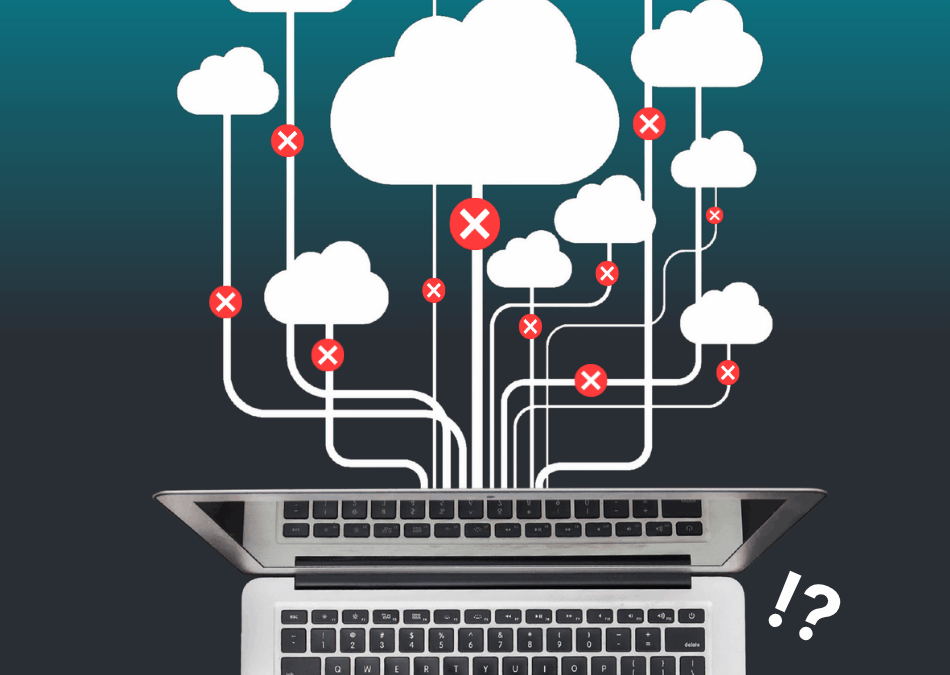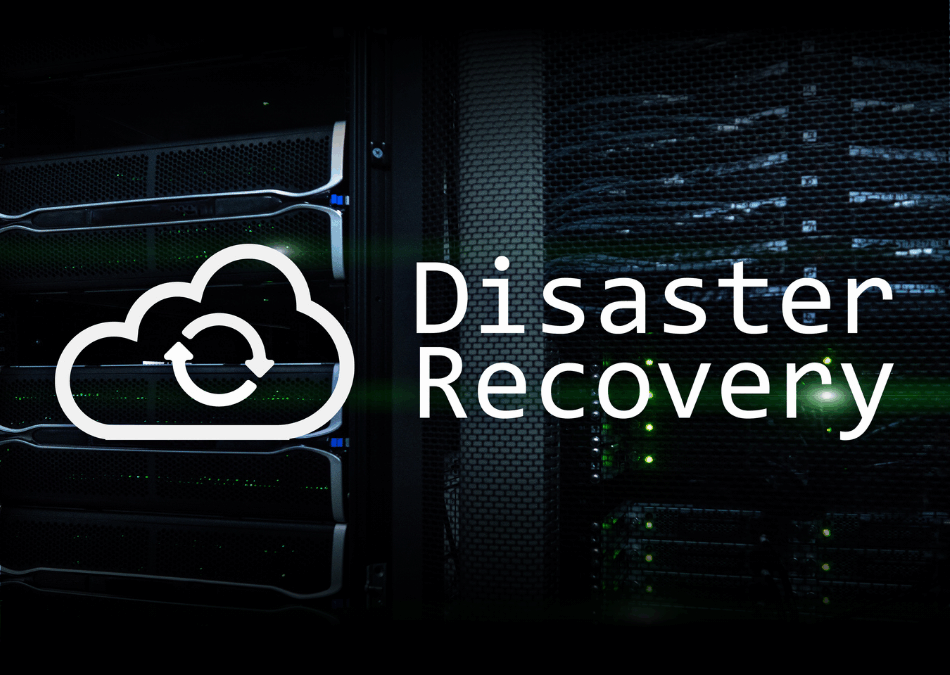All companies that have respect for themselves constantly scrutinize their own organization in order to get the most and best out of it. Since the IT Department in a number of organizations represents a relatively heavy burden on the budget, it is important to pay extra attention to making sure that the department is efficient indeed—enough.
It costs time and money to train employees
First, let us forget about assessing if there are too few or too many resources in the department—we must assume that the management has its full focus on this. Rather, let us make sure that the department’s existing resources spend their working hours efficiently and expediently.
It is a fact that it takes time to train employees to use different systems—it actually takes up to 20 hours of training for an employee to learn to use a new system. Therefore, instead of making the department’s employees manage several different systems, it is more important and smarter to minimize the number of systems purchased. This means, among other things, that when new employees join the company, it will take far less time for them to get up to scratch with the other employees, as they will only need to get familiar with few solutions.
Save on licensing fees
Few IT solutions are free of charge to use in business contexts.
Therefore, if your company currently pays for up to 10 different systems every month, then it is most certainly time to take a critical look at the solutions you are using and how you can possibly minimize their number.
“Corporate expenses for duplicate systems can add up to very high amounts,” says Martin Søndergaard, Development Manager at CapaSystems.
A licence for an individual system easily costs several hundred kroner per employee per month. And if your company uses a number of different systems, there is therefore both money and time to save in cutting them. When you first get underway with the clean-up work, you will most likely find that it is possible to solve most tasks with far fewer solutions than you have used before.
“Our experiences indicate that it is a clear advantage to only have to use one system when you manage your IT operations—be it desktop computers or mobile devices. Not having to constantly switch from one solution to another provides an overview, increases the level of security and altogether makes this part of the IT operations smoother and more efficient,” concludes Martin Søndergaard.
Five key focus areas
The McKinsey consulting firm has conducted a major analyzis that has focused exactly on the efficient IT department. What does it actually take, and where do you have to be extra attentive?
Computerworld has written an extended article about McKinsey’s analyzis (in danish)—and here you can, among other things, get an insight into which are the five focus areas of the IT organizations that have had the most success.
- Centralizing IT budgetary management and identifying key performance indicators
- Ensuring that the IT demand of business units is governed by business value
- Managing productivity and creating incentives for promoting it
- Standardizing, automating and simplifying processes
- Optimizing sourcing
The good advice applies to companies of all sizes that have a high dependence on technology and digital innovation.
It is therefore not entirely irrelevant how an IT department works or, for that matter, how many solutions are to be in play to make the entire setup shift into a higher gear. Based on the desire to standardize, automate and simplify everything, it can be concluded that the fewer the systems, the lesser the complexity. And then we are back to square one and the desire to have an as efficient IT Department as possible.
Read more about CapaInstaller and CapaInstaller MDM
Read more about how Sorø Municipality transformed their IT Department


